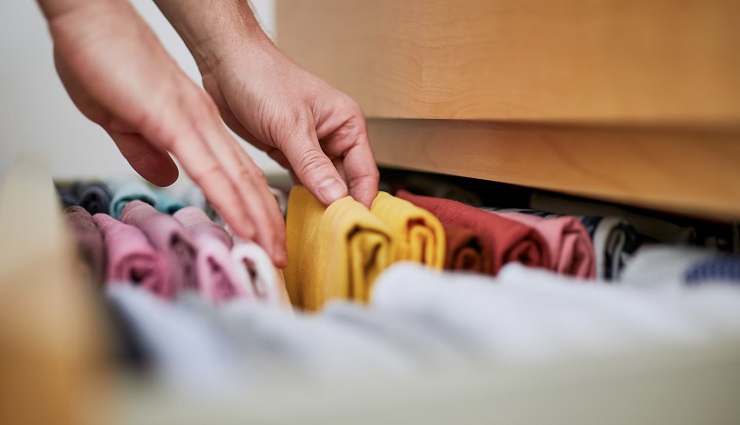Cooking is a skill that, by learning it, we can cook our favorite foods at home to save money and escape everyday busyness for a while. If you have just started cooking, with the help of the tips and advice in this article, you can become a better cook and enjoy cooking more.
Use the right tools
1. Kitchen scissors
Kitchen scissors have many uses. For example, you can use kitchen scissors to cut bread and chop vegetables and spinach. (When cooking spinach, use more raw spinach than you think you’ll need because it shrinks a lot after cooking.)
2. sharp knives
Knife sharpening is one of the most essential cooking skills. You can chop food faster and easier with a sharp knife. Plus, you don’t have to apply much force when you use a sharp knife, which means you’ll be safer. You can buy an electric or manual knife sharpener to sharpen the blade.
3. Suitable peeler
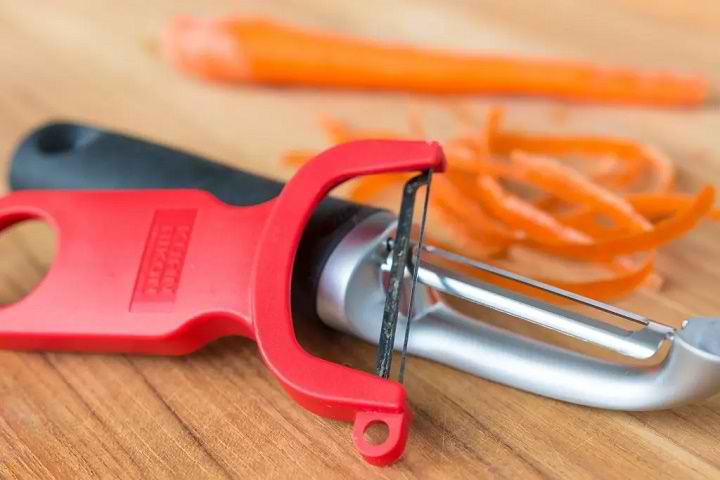
Throw away the rusty peeler in the cabinet drawer for years and buy a new one. With the new peeler, preparing vegetables and food for cooking becomes much more accessible. These peelers are inexpensive, and you can replace them whenever they slow down.
4. bench scraper
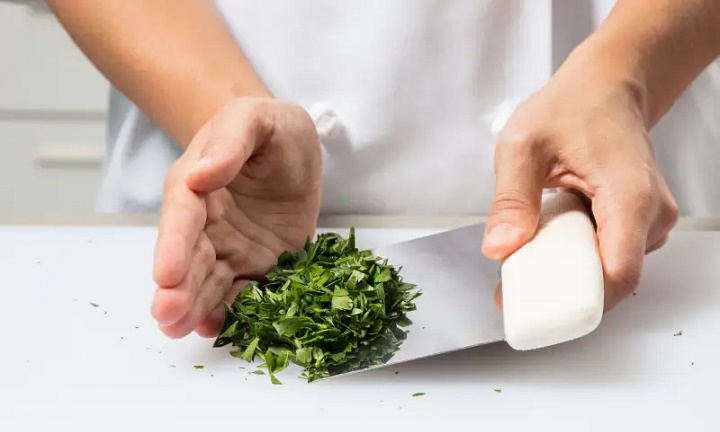
Many novice cooks use their knives to collect chopped ingredients on a cutting board and pour them into a pot or pan. In addition to being dangerous, this work also slows down the blade of the knife. Therefore, using a dough spatula to collect the chopped food is better.
Cooking and food preparation tips
1. Preparing ingredients before cooking
Before you start cooking, please take all the ingredients out of the fridge and measure them. Preparing the necessary ingredients in advance makes it much easier to complete the cooking process.
2. Drying meat and fish before frying
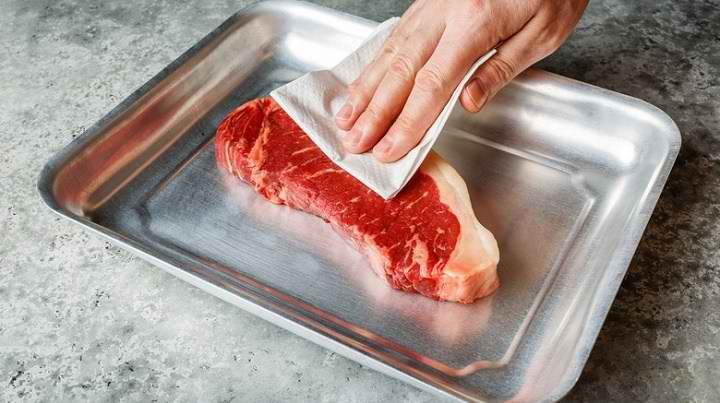
Putting cold and wet meat or fish in the pan will not roast and brown well. Before frying, dry the meat and fish with a towel and wait until it reaches room temperature. To make the skin crispy, you need to get moisture on it because moisture and steam prevent the skin from roasting and browning. This also prevents the skin from sticking to the pan while frying meat or fish.
3. Using sour seasonings
Adding a small amount of vinegar, sour buttermilk, plain yogurt, or fresh lemon juice will make a bland and unappealing food taste better.
4. Using crunchy ingredients in salads
Salads do not become crunchy without the primary ingredients. This crunchy material may be cucumber, radish, nuts, or pieces and slices of toasted or fried bread.
5. Consuming enough salt
Whenever you want to cook pasta or vegetables in water, add salt to improve the taste. Salt brings out food flavor; sufficiently salted food will reveal more of its flavor than undersalted food.
6. Adding sour ingredients if the food is revolting
If the food tastes too rich or heavy, adding fresh lemon juice or vinegar will make it taste better. Acid also reduces the saltiness of food. So, if you accidentally add too much salt to your food, you can usually save it by adding a sour seasoning.
7. Removing or replacing some raw materials
Of course, we don’t mean to remove the shrimp from the shrimp plu, but for example, if you don’t have chives to prepare the salad, see what else you can use instead. If substitute food has a good result, your self-confidence in cooking will increase; if not, you will have a funny story to tell others!
8. Do not use high flame
Even if you are in a hurry, raising the flame is not always the right solution. Slow-roasting aromatic foods such as onions, shallots, or garlic in oil on medium heat gives the food more flavor and prevents it from burning and becoming bitter. Cooking meat or vegetables over medium heat gives them enough time to cook without burning. Cooking soups and stews on low heat also allows the ingredients to cook well and the flavors to blend without breaking up and crushing tough meats or vegetables.
9. beat the egg on the dough
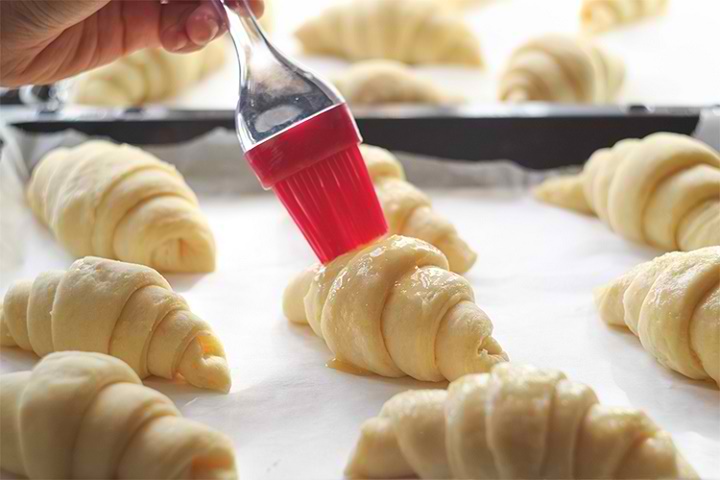
Using eggs is the secret to baking pies, breads, and cookies. Beat in the egg with a fork, then brush the entire surface of the dough with a pastry brush before baking.
10. Paying attention to how to cut vegetables
Smaller pieces will cook faster than larger pieces. Therefore, the disharmony of the size of the slices and the presence of a combination of both in the food changes the texture of the food. Vegetables cut diagonally also have a firmer and chewier texture in the thicker part and a softer texture in the thinner part, making eating more enjoyable.
11. Do not fill the pan
When you saute a handful of sliced mushrooms in a hot pan with a layer of oil, they turn out brown cri, spy, and flavorful, but when you saute a whole pint of sliced mushrooms in the same pan with the same amount of oil, you end up with gray, soggy, tasteless mushrooms. The same point applies to roasting vegetables in an oven tray or roasting meat in a cast iron pan. When you pour a lot of ingredients into the pan, they pile up, and this causes the moisture to get trapped between them, which means that the food is steamed instead of getting crispy and brown.
12. Getting to know the types of fats and their uses
Butter is delicious and fragrant but cannot tolerate high temperatures because milk solids burn at high temperatures. Not all oils are the same. Neutral oils like canola or vegetable oil do not add flavor to food, but they are great for high-temperature cooking methods like frying because they can withstand high temperatures and not burn. In contrast, tasty oils such as olive oil, avocado oil, and pumpkin seed oil do not tolerate high heat, and it is better to use them in salad dressings or to add oil to food after cooking.
13. Grease the fish while frying
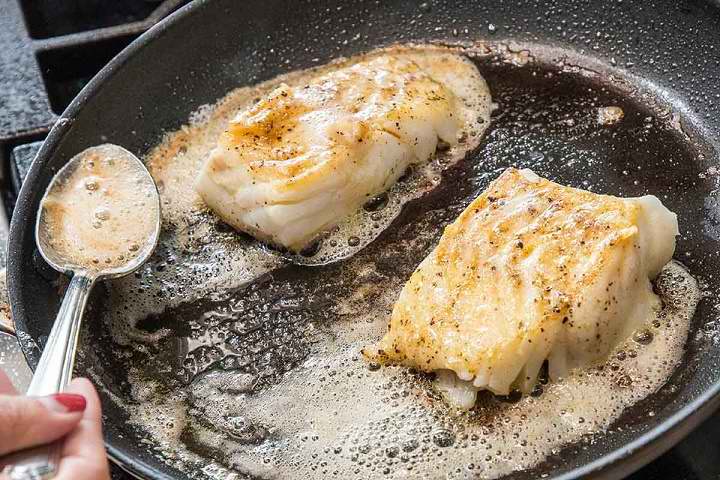
When frying the fish and when it is almost cooked, put a piece of butter in the pan and let it melt. Lower the flame and slowly pour the melted butter over the fish. Hot butter cooks the surface of the fish, gives it a great flavor, and prevents it from drying out.
14. Cleaning and tidying the kitchen while cooking
It is easier to work in a neat and clean kitchen. After chopping the food, wash the cutting board and put it aside. Put the pots, pans, and dishes in the sink or dishwasher as soon as you finish them, and wash your hands regularly.
Kitchen safety tips
1. Securing the kitchen
Some things that can be done to increase safety in the kitchen:
- use of smoke and carbon monoxide alarm systems in the kitchen;
- Use of grounding sockets for electrical appliances;
- using a hood or fan to ventilate the kitchen or opening the window while cooking;
- cleaning and drying counters to prevent cross-contamination;
- Washing and drying the kitchen floor to avoid slipping.
2. Caring for children and pets
Keep children and pets away from the kitchen while cooking. Of course, cooking with kids is fun, but you must be careful, especially when dealing with sharp or hot things.
3. Wear appropriate clothing
There is no reason for cooks and chefs to wear uniforms:
- Pants and long sleeves act as protection;
- A hat or hair cover prevents hair from entering the food;
- The shoes cover the toes, preventing slipping and spilling hot food on the feet.
Of course, you cannot wear a uniform at home, but wearing pants and a shirt is better. Loose clothing, long necklaces, rings, and loose hair make cooking difficult because they can catch fire, catch on something sharp, or fall into food. In cooking, you should use all your senses (including hearing). So don’t put headphones in your ears. Whether you’re using wireless or regular headphones, make sure they’re sturdy and secure so they don’t fall into food or get caught in handles or handles.
4. Fire prevention
- Do not place flammable materials such as grease or oil, paper or packaging, or aerosol spray cans near open flames or heat sources.
- Do not leave food on the stove or in the oven. If you must leave the kitchen, set a timer so you don’t forget to go to the food.
- Be aware of the location of fire retardants such as baking soda. Get a fire extinguisher and learn how to use it.
5. Cut prevention
1. Working with a knife
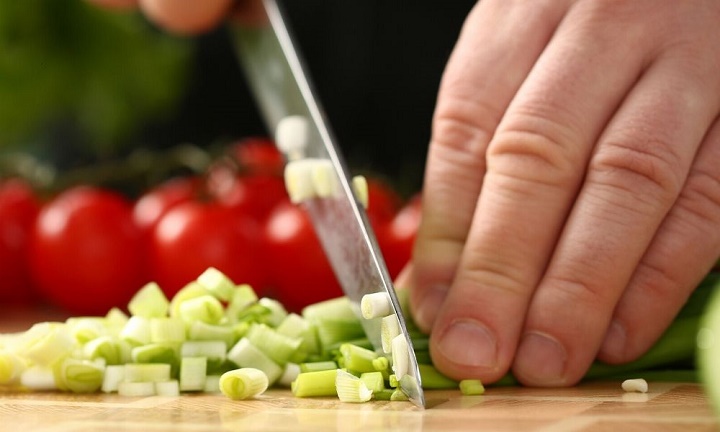
- Learn the correct way to handle a knife.
- Store knives safely and appropriately, such as a knife stand, and do not leave them in a cabinet drawer.
- Don’t walk with a knife pointed at you, and never run with a knife in your hand.
- Do not leave the knife on the cutting board or work surface.
- Do not leave the knife in the sink with other dishes. This is harmful to the blade of the knife, and when the knife is close to your hand, and you cannot see it, it may cause injuries and cuts.
- Use the appropriate knife for each task.
- When washing a knife (or anything with a blade), the blade should not be pointed at you, as a sharp blade can cut the scotch and injure your hand.
Keeping knives sharp is one way to prevent cuts. A dull knife may slip on the food and require more force to cut, increasing the chance of an accident.
2. Can and can opener
When opening the can, be careful not to touch the jagged edges of the can and its lid with your skin. After emptying the can, throw it away carefully so as not to injure your hand.
3. Mandoline chopper and slicer
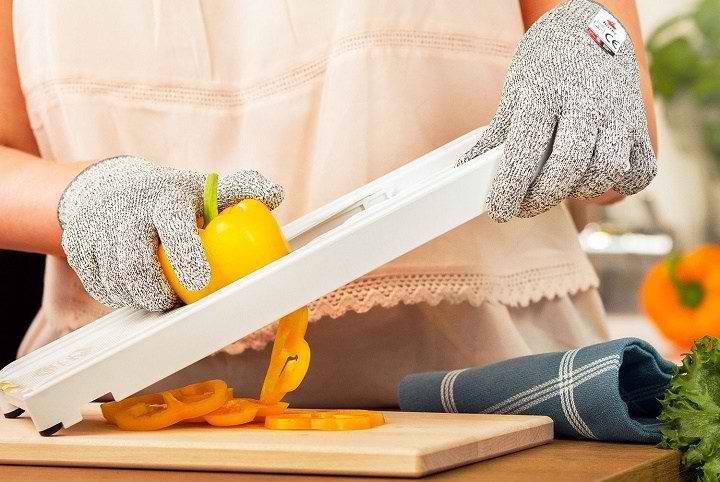
When working with these choppers, our fingertips may be damaged. Therefore, it is better to use hand protection or metal mesh gloves. Don’t be too picky about the last piece of carrot or onion that isn’t grated. You can keep these pieces aside to make stock.
4. Household appliances with blades
Do not put your hand near the moving blade. Keep your fingers away from the fixed blade, especially when the device is still plugged in. Always unplug the appliance before approaching the blade. Also, be careful when washing the blades because some blades are so sharp that they can cut the scotch and hurt your hand. Store the blades in the bowl of a food processor or blender or cover them carefully to prevent injury.
6. Prevention of burns
Taking the following precautions can reduce the frequency and severity of burns.
1. Oven
- Do not leave heating oil or sugar on the gas.
- Set a timer when cooking stew or soup so you don’t forget when to eat.
- Place the pot of food on the back burner and out of the reach of children.
- If the gas flame does not light, do not hold the handle for more than 10 seconds. A large amount of gas entering the air may cause a fire.
2. Pots and pans
- Be careful about the type of dishes and how they are placed. The handle of the dishes should not be outside the stove or in contact with other hot dishes because it is possible that someone will touch the handle and spill food on him, or contact with the hot handle will burn children’s hands.
- Remove the lid of the container in the opposite direction, and be careful of the steam coming out of the pot.
- Always use a kitchen towel or handle when touching hot dishes.
- When removing hot dishes, the handle or kitchen towel should be completely dry because a wet towel or handle will conduct the heat instead of blocking it.
3. when cooking
Do not put food on the oil from a distance, as it may cause the hot oil to splash on you. Always carefully lower the food item, bring it close to the oil, and then drop it in. If you must immerse the food in a lot of oil, ensure that the oil level rises when you pour the ingredients into the oil, and determine the amount of oil accordingly. Hot crude spilled from the pan is highly flammable.
you say
Cooking is a skill that has many tricks and details. In your opinion, what tips and recommendations have we missed in this article? We would be happy if you shared your views and experiences with us and your other friends.

